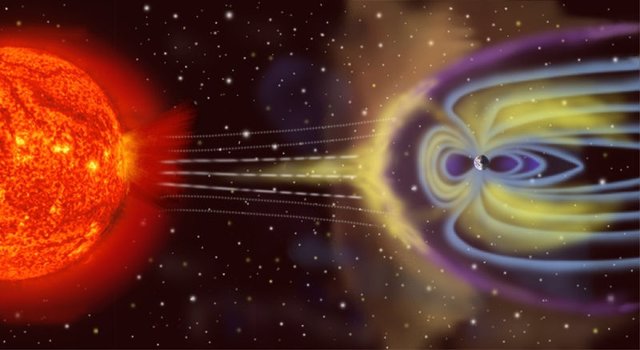Reason Why Pluto it is no
longer considered a planet:
Size: It is smaller than
Earth's moon
Composition: It is dense and
rocky, like terrestrial planets. However, its closest neighbors are the Jovian
gas planets. For this reason, many scientists believe that Pluto originated
elsewhere in space and was trapped in the sun's gravity. Some astronomers once
theorized that Pluto used to be one of Neptune's moons.
Erratic Orbit: The orbit of
Pluto is erratic. Pluto, orbits the sun at an angle of 17 degrees with respect
to this plane. In addition, its orbit is exceptionally elliptical and crosses
the orbit of Neptune.
Size of its moon: One of its
moons, Charon, is about half the size of Pluto. Some astronomers have
recommended that the two objects be treated as a binary system instead of a
planet and a satellite.
Opinion:
Opinion:
Pluto
does not have to be a planet because of the characteristics in which it fails,
especially because of its erratic orbit, since it crosses Neptune, another
reason is because of its size since its moon is almost the same size.




